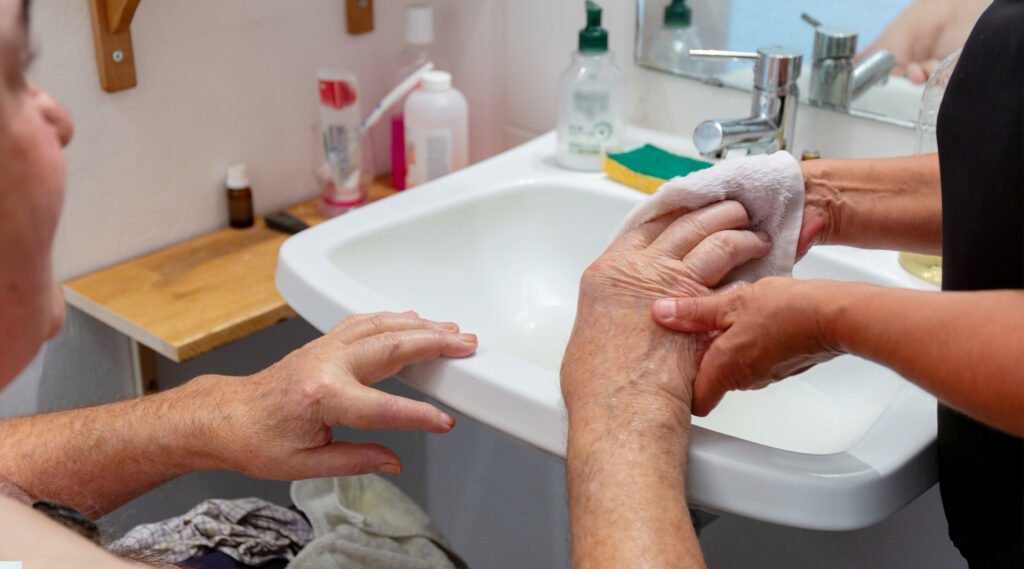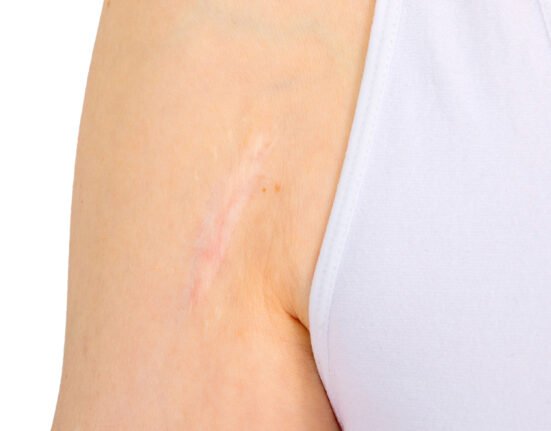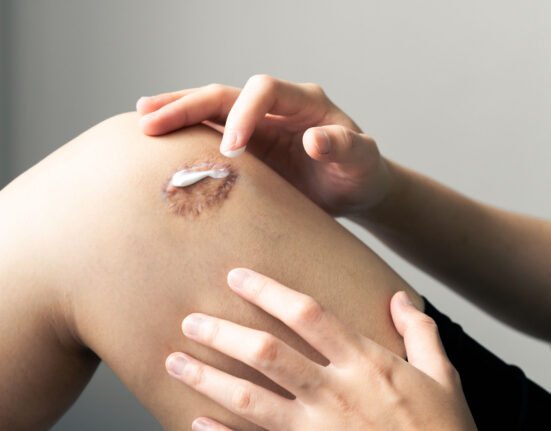Pressure ulcers (bedsores or decubitus ulcers) are skin and underlying tissue injuries caused by prolonged pressure. They often develop over bony body areas, such as the heels, hips, tailbone, and ankles, especially in bedridden or unable-to-change-position individuals.
If not appropriately treated, pressure ulcers can progress from reddened skin to deep open wounds that reach muscles or bones, increasing the risk of serious infections.
Who’s at Risk?
- Elderly individuals with limited mobility.
- Post-surgical patients.
- People with neurological disorders, stroke, or spinal cord injuries.
- Patients with chronic illnesses (e.g., diabetes or malnutrition).
Signs and Symptoms of Pressure Ulcers
- Skin discoloration: red, blue, or purple areas.
- Skin doesn’t return to its standard color when pressed.
- Open sores or blisters.
- Pain and swelling.
- Skin feels cooler or warmer than the surrounding areas.
- Discharge or pus from the wound.
Common Locations of Pressure Ulcers
For bedridden patients:
- Back of the head and ears.
- Shoulders and shoulder blades.
- Lower back, hips, and tailbone.
- Heels, ankles, and behind the knees.
For wheelchair users:
- Buttocks and tailbone.
- Back of arms and thighs.
- Shoulder blades.
Stages of Pressure Ulcers
- Stage 1: Red, painful skin but still intact.
- Stage 2: Shallow open wound or blister.
- Stage 3: Deeper wound reaching beneath the skin.
- Stage 4: Severe muscle and bone ulcer, at high risk of infection.
How to Treat Pressure Ulcers
The main principles are: relieve pressure, care for the wound, maintain hygiene, and support nutritional needs.
1. Relieve Pressure
- Reposition the patient at least every 2 hours.
- Use pillows or special cushions to protect pressure-prone areas.
- Choose an anti-decubitus mattress (alternating pressure mattress).
2. Keep the Wound Clean
- Clean the wound with sterile saline solution to prevent infection.
- Do not scrub the area; gently pat dry with sterile gauze or a clean cloth.
Apply wund+™ Wound Spray, a gentle hypochlorous acid-based antiseptic that kills bacteria without stinging—ideal for sensitive open wounds.
3. Use a Regenerative Cream
To support tissue repair and accelerate healing, apply wund+™ Regeneration Cream daily. This cream hydrates and helps restore damaged skin without causing further irritation.
4. Treat Scars
Once the wound has closed but leaves behind discoloration or thickened scars, use wund+™ Scar Gel. Enriched with Centella reversa stem cells, it promotes tissue renewal and reduces hyperpigmentation and keloids.
Nutrition Plays a Crucial Role
Wound healing requires:
- Protein – to rebuild new tissue.
- Sufficient calories to fuel repair processes.
- Vitamin C & Zinc – to support immunity and recovery.
If the patient has poor nutritional intake, consult a doctor or nutritionist for appropriate supplementation.
Preventing Pressure Ulcers

- Reposition the body frequently.
- Use pressure-relieving mattresses and cushions.
- Keep the skin clean and dry.
- Wear loose, breathable clothing that absorbs moisture.
- Clean wounds properly and use products that are safe for sensitive skin.
With proper daily care and appropriate wound management products—such as the wund+™ line—pressure ulcers can be effectively prevented and treated, significantly reducing the risk of complications.
References
Hopkins Medicine. Accessed in 2025. Bedsores.
Mayo Clinic. Accessed in 2025. Bedsores.














Leave feedback about this